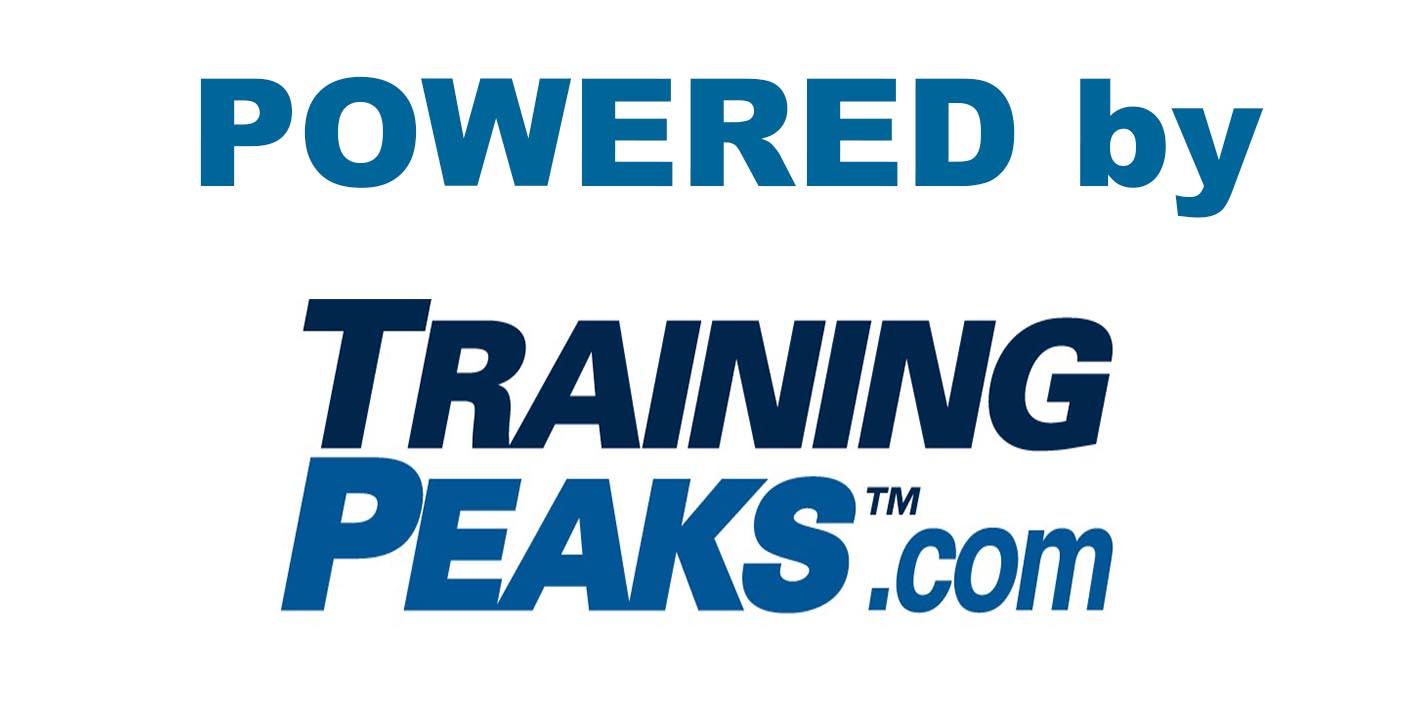According to the cyclist's practice, we can question the relevance of the training approach looking at the results compiled on a Maximum Mean Power profile.
In the case of a long-distance triathlete, is the positive evolution of the power over very short intervals interesting? Not necessarily, but the performance over long intervals show a positive construction of the pacing. The triathlete's ability is to be able to ride regularly and quickly.
In the case of a MTB pilots, will it be advantageous to validate a strong progression on CP120’ or 180’ (except in xc marathon) while the powers on 5'' or 10'' does not evolve ? One of the XCO performance characteristic is to have the ability to generate high power, high strength to pass a bank, a steep technical area, full of stones or roots without losing control of the bike.
On the charts presented last week, we do not observe a nice curve and it is not an ideal to look for. According to the qualities of the cyclist and the characteristics of his practice (road, xco, cx, xc marathon, track, bmx), we will put the development priority on some kind of efforts.
For instance:
As Julien PINOT points out, the MMP profile is the physiological picture of the cyclist or triathlete.
But it will be necessary to mark differences between the CP obtained:
- during a stress test,
- during a training,
- during a race.
I notice that the Critical Power for durations between 10 to 60 'are often recorded during a race while a VO2 test or a PP test will allow me to obtain more easily the values between 2 to 6' in a safe way. And during a race, a cyclist may not be able to express his maximum strength on a sprint: he will have accumulated tiredness in the first kilometers of the race. Therefore, setting up a test of Pmax (Maximum Power) outside of any competition context may be relevant.
Small differences with the triathlon’s approach, mainly on the long distance events like Ironman or 70.3 races: a long-distance triathlete is in search of the maximum power in relation to the race distance (like all the competitors with bike) but also allowing him to express its best potential during the running part.
If on an Olympic triathlon, there is relatively little pacing management, following the pack, for an Ironman distance, the problem is a little different if you are looking for a fully run marathon (maybe not very fast but ran from T2 to the end).
It was a big debate for an Ironman: is the difference in running speed between a fresh triathlete and a tired triathlete so important that we have to manage our pacing on the bike?
• If yes, let's manage our cycling past to run fast because we will save more energy for the marathon.
• If no, ride the 112 miles as fast as you can to create a gap with the other competitors and grit our teeth on the running part.
And you what do you think?
Frederic HURLIN - www.azurperformance.fr
